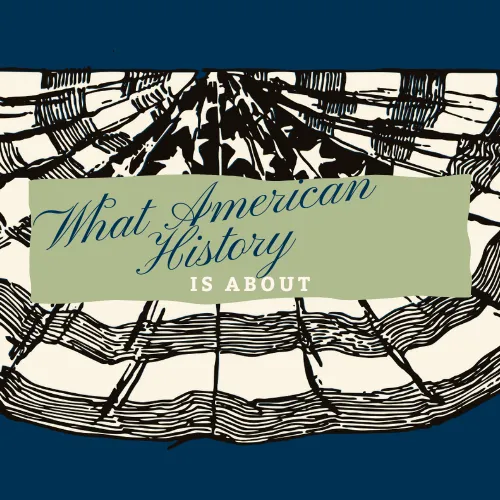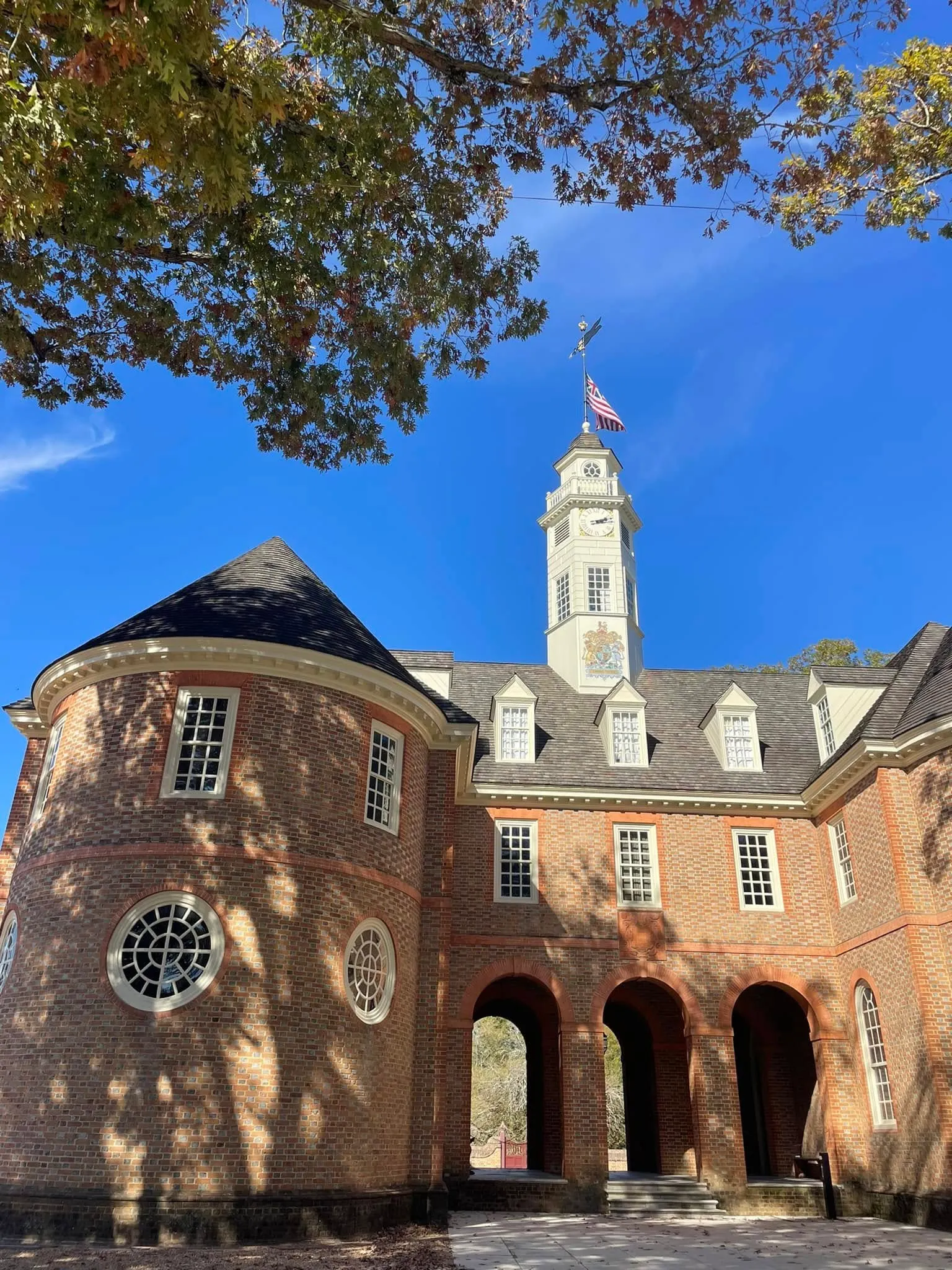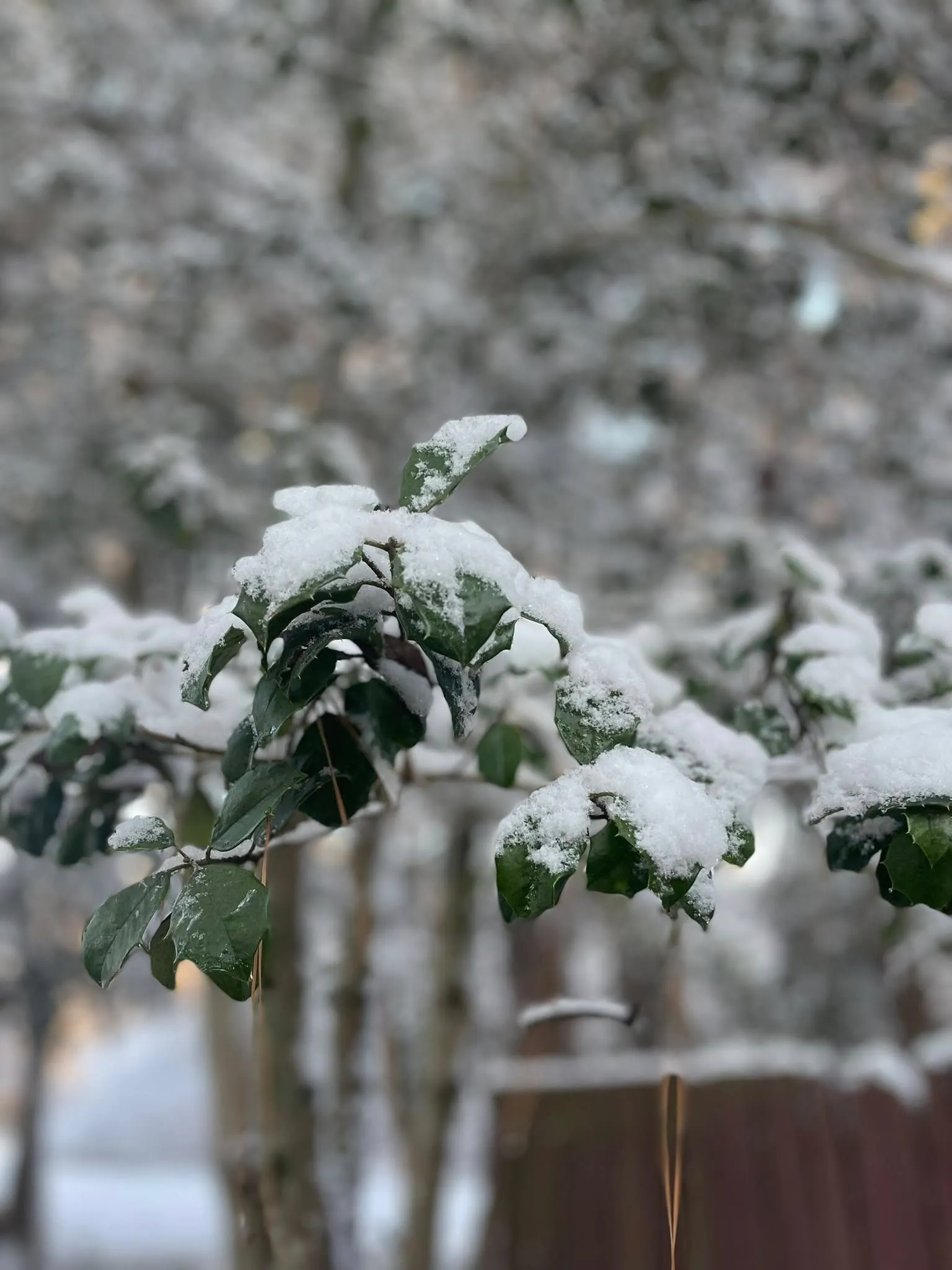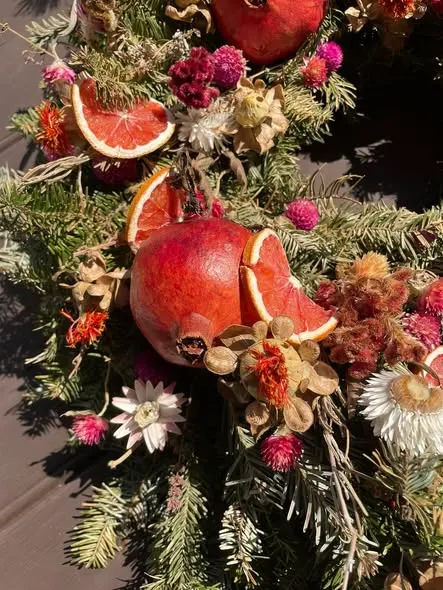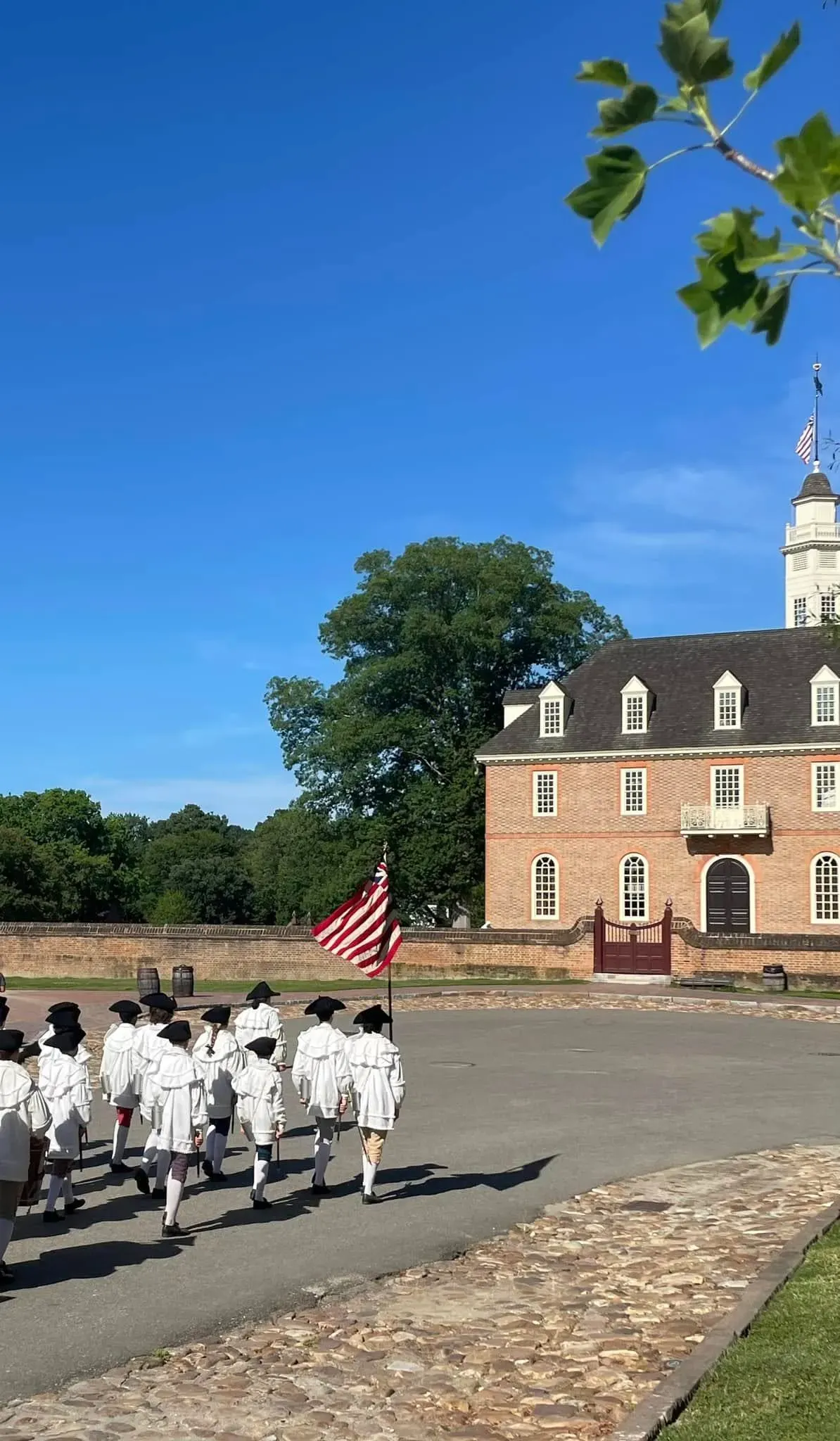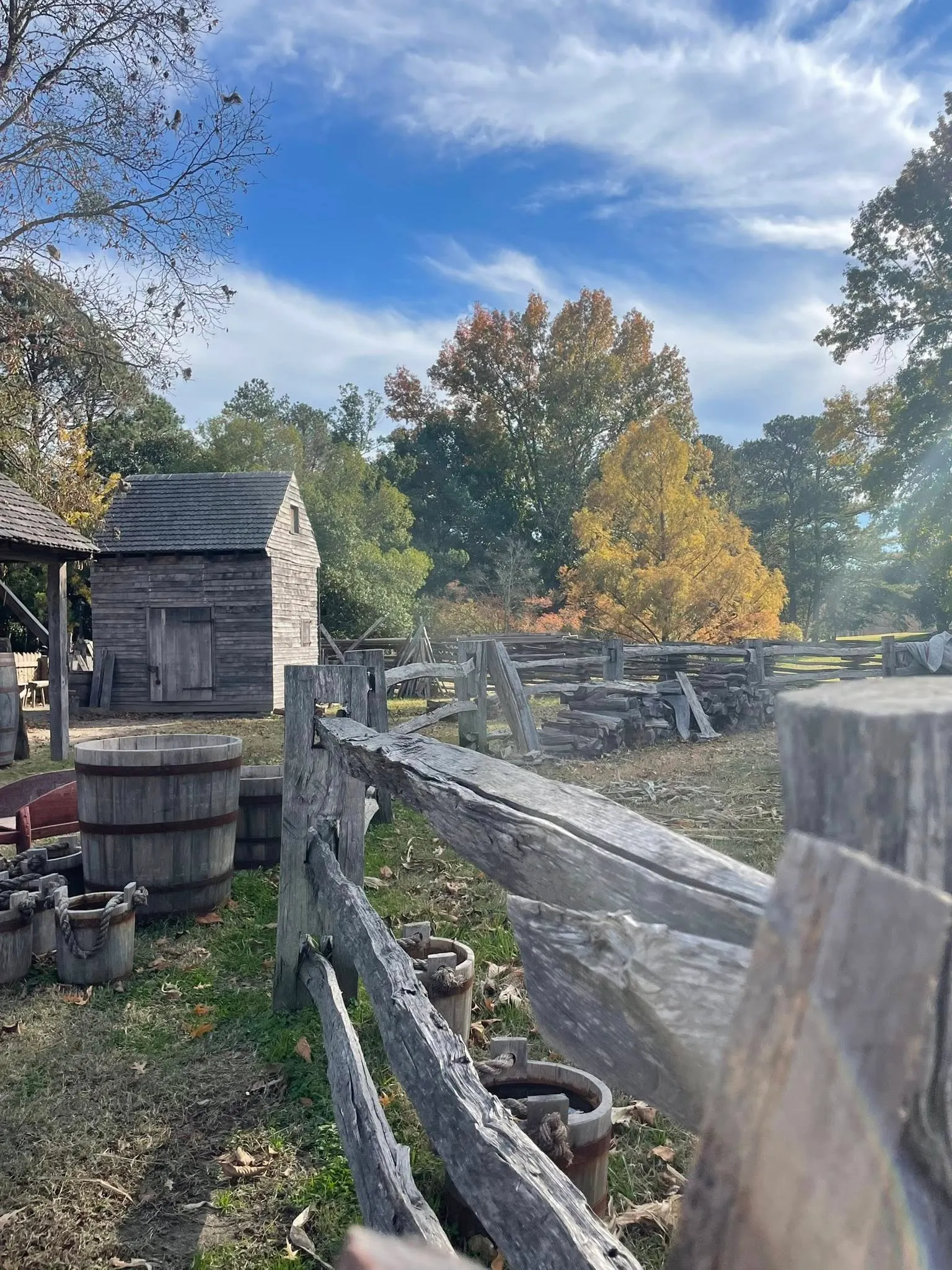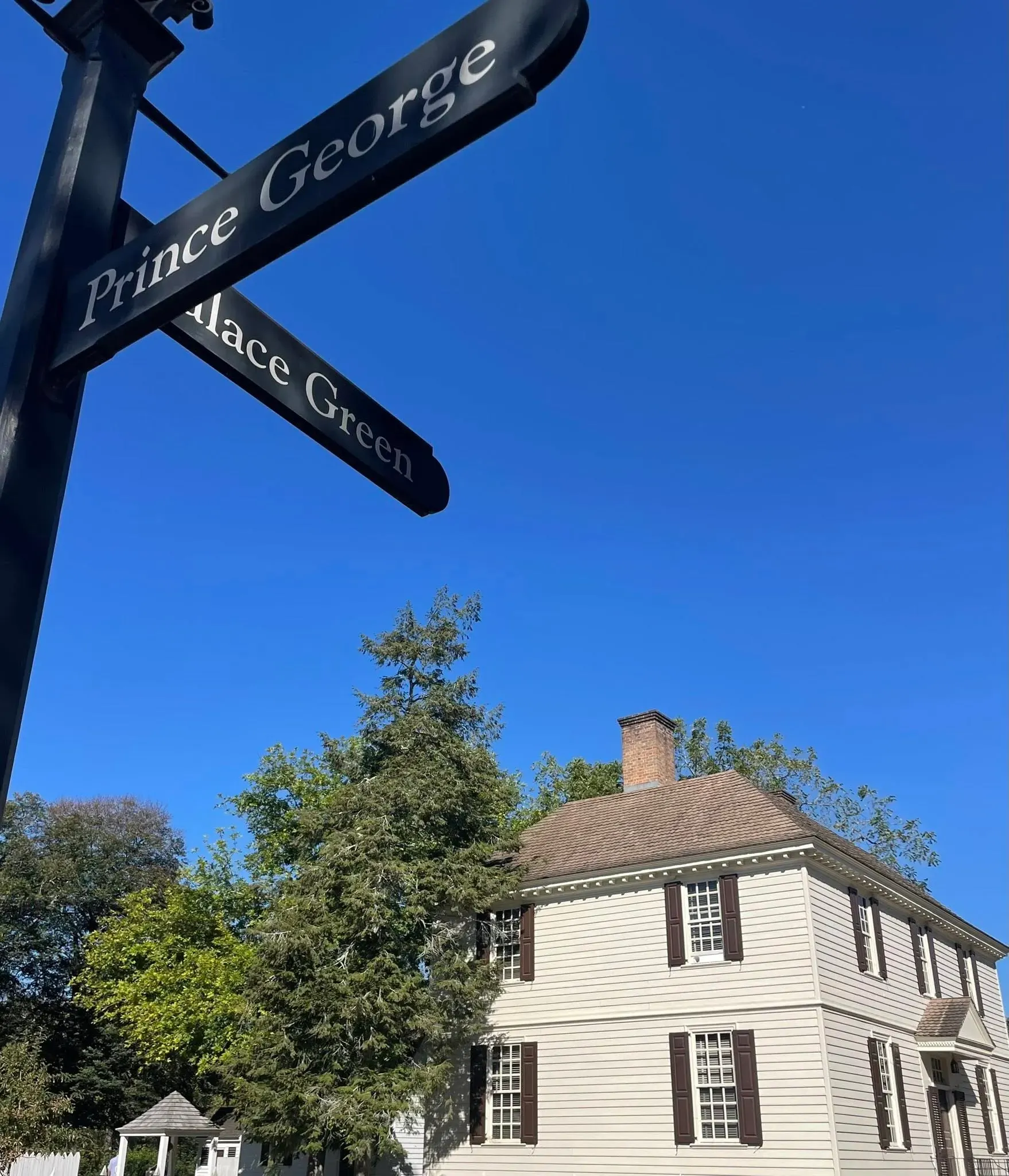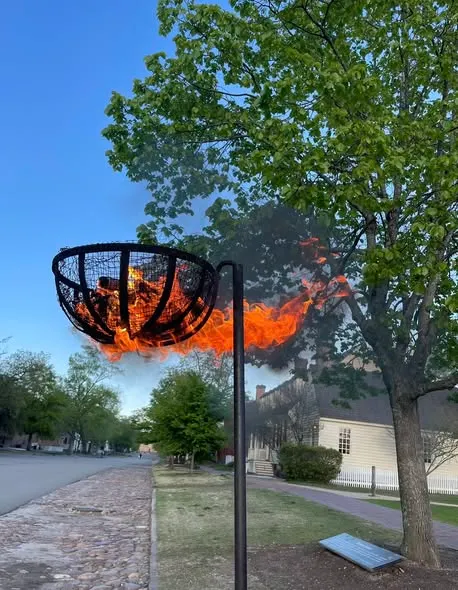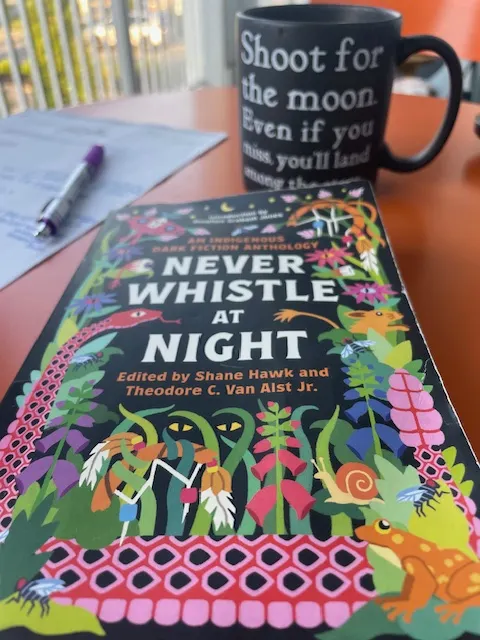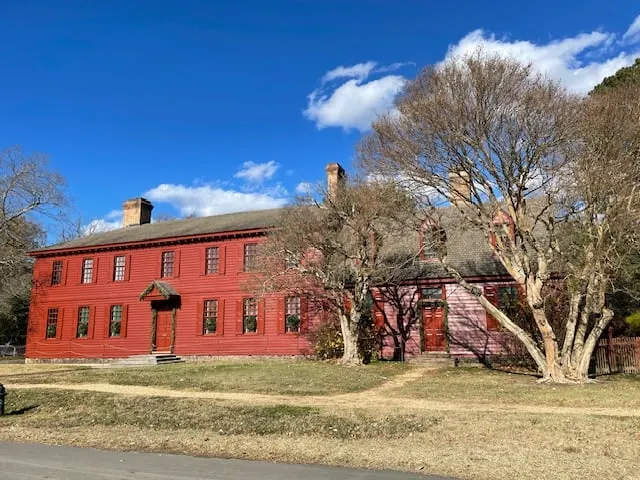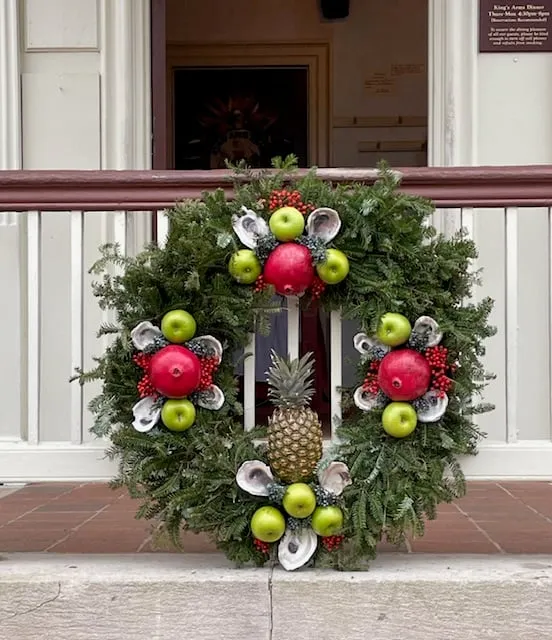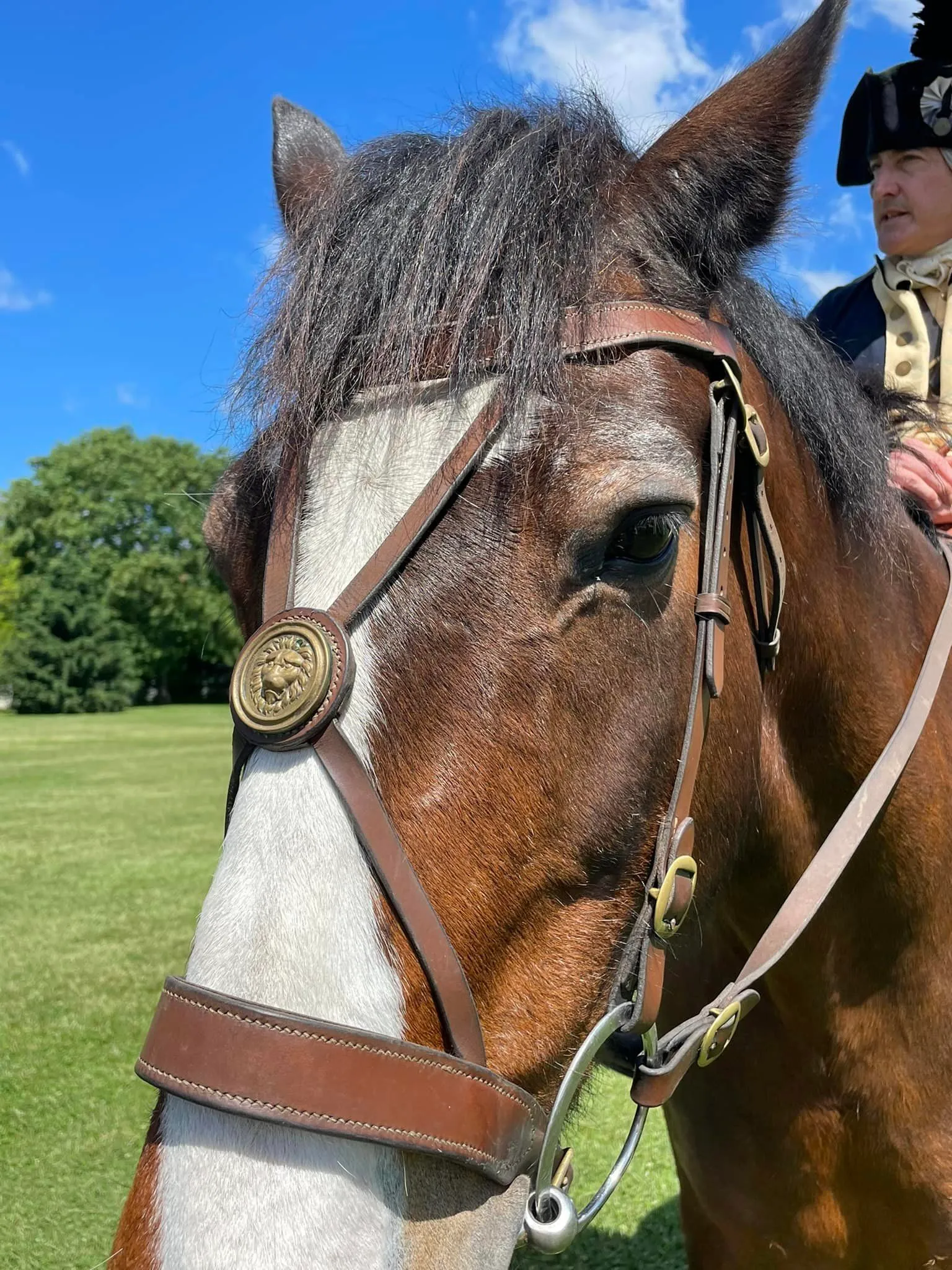Reflections on Thomas Jefferson’s Garden Book: A Thoughtful Exploration from a Blogger's Perspective
Sometimes you get me thinking and musing out loud on this blog.
Today is that day.
Thomas Jefferson's Garden Book, edited, explained and "narrated" by Edwin Morris Betts, is over 700 pages long. The version I'm reading is a 2008 copyright with an introduction written by Peter Hatch. (there's your citation!) Jefferson's original was passed down privately and has been housed with the Massachusetts Historical Society courtesy of his great-grandson Thomas Jefferson Coolidge.
So this isn't a book review.
I'm only on page 65 as of now- and I've spent hours with it over the last week or two. In fact, that's why I'm writing this post- it hit me that explaining my research into this book is a post in itself.
Disclaimer: As a blogger, I use affiliate links sometimes! I may receive commission from purchases I share; it does not change your price but sometimes you might get a discount.

Thomas Jefferson's Garden Book
Thomas Jefferson's Garden Book is history-blogger gold.
It's not just gold for bloggers like me, but for anyone into history. Let's talk about what's in the book.
Thomas Jefferson's notes on gardening.
It's actually more than gardening as I think of it, it's agricultural experimentation. I realize he also has a Farm Book (mentioned in this one) but there's quite a bit of "farming" notated here.
His notes include everything from the weather, planting and blooming of all his seeds, and all his processes from planning to maintaining and harvesting.
Editorial notes and citations.
So many of them! The notes and citations are what's drawing me in to dig deeper. They explain the people he interacted with- from details about everyone he interacts with to what may be to many of us lesser-known but pivotal moments in Jefferson's life.
Insight into the man himself, but also the era.
In the Age of Enlightenment, Jefferson's passion for experimentation was a perfect fit. Add onto this the emergence and early life a new republic, one which he helped create, it's not surprising his notes included ideas about how to address everything from treatment of slaves (yes, he makes note of not allowing overseers to "bleed" them) to the hours spent and processes used by the brickmakers at Monticello.
The editorial notes take it further, as you learn about people like John Clayton who was the Gloucester County Virginia Clerk for 50 years. Yes, I'll be looking into what became of his home, Windsor, as well as his contributions to botany in America and/or globally.
All of this shed light onto the massive changes happening scientifically, politically, and with Mankind itself during Jefferson's life.
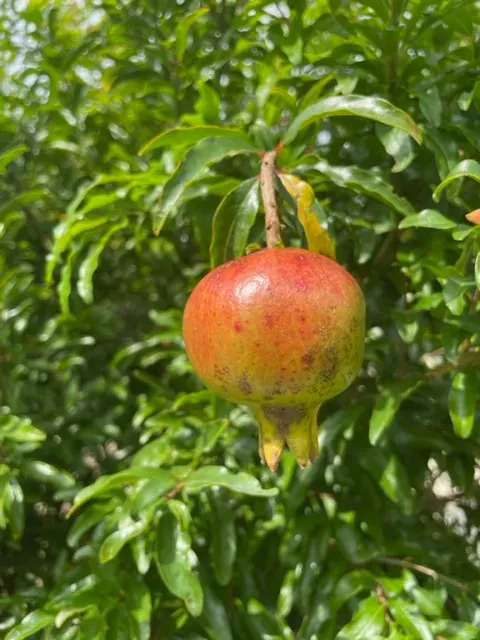
Pomegranate, first mentioned by Jefferson in book, March 14, 1769
Now that you know what's in Thomas Jefferson's Garden Book, let's talk about how I'll utilize it.
- Learn from the experts. Today and many days to come, I'll be visiting Colonial Williamsburg, which many of you know by following this blog is currently the largest living history museum in world. I'll be asking specific questions to trades from the brickmakers to the farmers related to what I find in the book.
- Daily life. I'll be digging deeper into the bits that fascinate my history-nerd brain. That could mean library visits or online research, but from the Newton Pippen apples to marriage licenses, I've been taking notes and jotting down ideas in my little notebook some of y'all have seen me with!
- People! I already mentioned John Clayton of Gloucester County, which is only miles away from where I live. But also (and only with 65 pages of the book dissected), Dabney Carr who was Jefferson's friend and brother-in-law. He was the first family member buried at Monticello- he died young and his wife Martha and their children went to live at Monticello. And I want to know more about Mrs. George Wythe (Elizabeth) as she seems to constantly be sending Jefferson seeds.
- Places. Like John Clayton's Windsor, the gardens of the Wythe House, Monticello (including the family burial site Jefferson designed), and so much more I know I'll be introduced to.
That's the tip of the iceberg. Truly, this whole blog going forward could be inspired by learnings and notes from Thomas Jefferson's Garden Book!
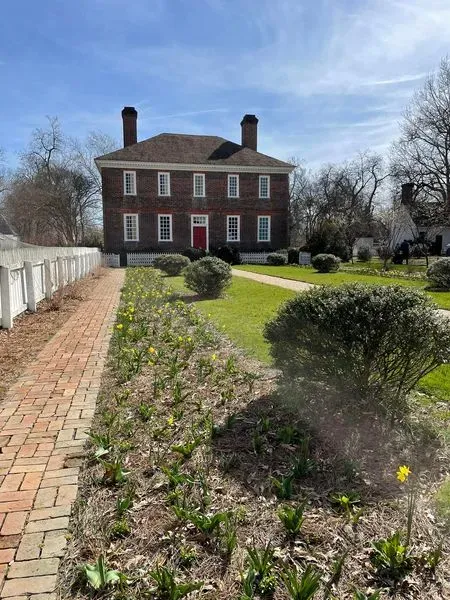
Rear view of the Wythe House, Colonial Williamsburg
My recommendation for you, the reader.
- Grab a copy from Amazon by clicking here. (there are options for both new and used)
- Another option: your local library of course.
- If you happen to be anywhere near the Massachusetts Historical Society, get yourself in front of the original if you can. There's no experience like seeing the actual writing - one of my favorite events is an appointment with Special Collections here in Williamsburg! Click here to read more on that!
- Last call to action before the closing words from history: dig deeper on anything or anyone I've shared -- and let me know! I'd love to hear it. You can use the comment section below or subscribe to the blog and connect with me via email.
Closing words from history.
Of course, today's closing words from history come directly from Thomas Jefferson's Garden Book (exact transcription so excuse the grammar!). Snow in May, in Virginia and elsewhere... yes, there was. This on Jefferson's mind a few months before the Continental Congress met in Philadelphia. Change was in the air.
1774
May.
4 the blue ridge of mountains covered with snow
5 a frost which destroyed almost every thing. it killed the wheat, rye, corn, many tobacco plants, and even large saplings. the leaves of the trees were entirely killed. all the shoots of vines. at Monticello near half of the fruit of every kind was killed; and before this no instance had ever occurred of any fruit killed here by the frost. in all other places in the neighborhood the destruction of fruit was total. this frost was general & equally destructive thro the whole country and neighboring colonies.
There is a huge practical disclaimer to the content on this blog, which is my way of sharing my excitement and basically journaling online.
1) I am not a historian nor an expert. I will let you know I’m relaying the information as I understand and interpret it. The employees of Colonial Williamsburg base their presentations, work, and responses on historical documents and mainly primary sources.
2) I will update for accuracy as history is constant learning. If you have a question about accuracy, please ask me! I will get the answer from the best source I can find.
3) Photo credit to me, Daphne Reznik, for all photos in this post unless otherwise credided! All photos are personal photos taken in public access locations or with specific permission.
Are you enjoying the blog? I'm enjoying researching and writing it- so keep me going!Tip me using my online tip jar!
